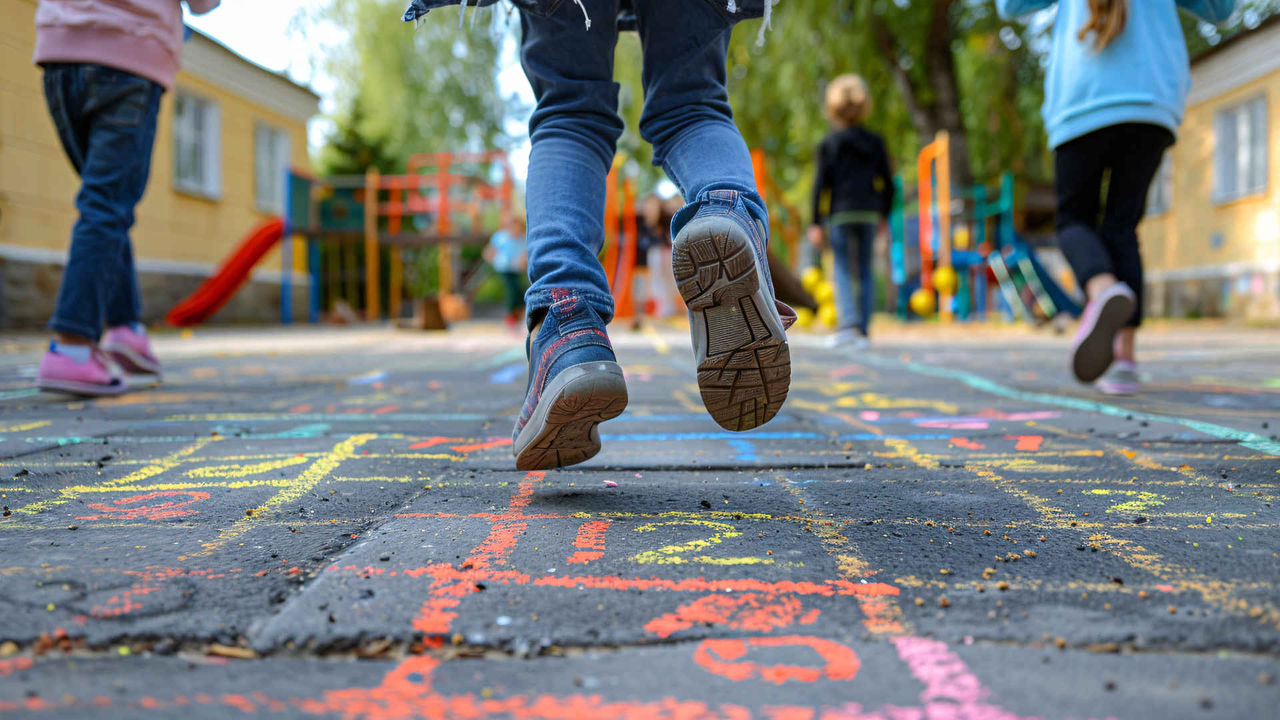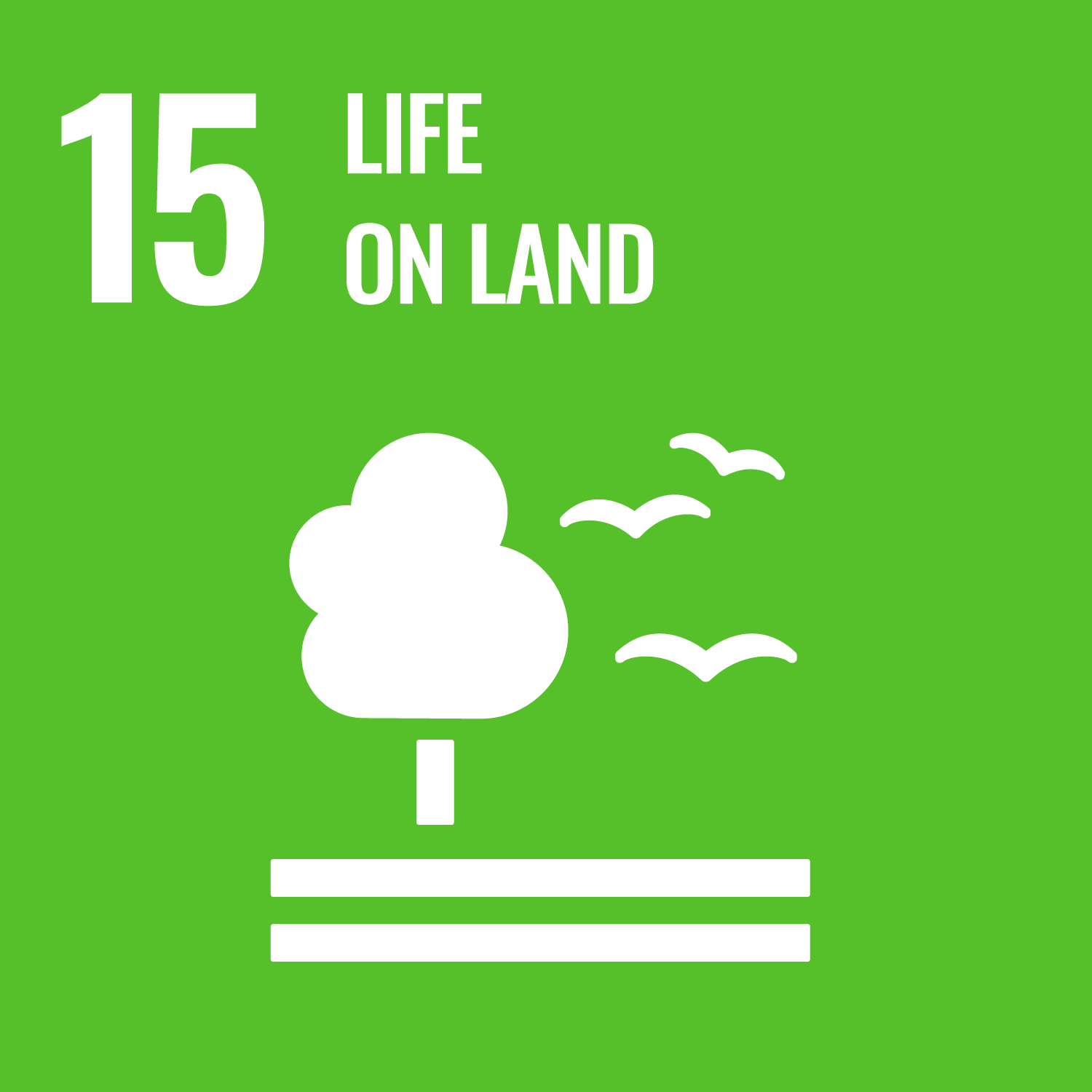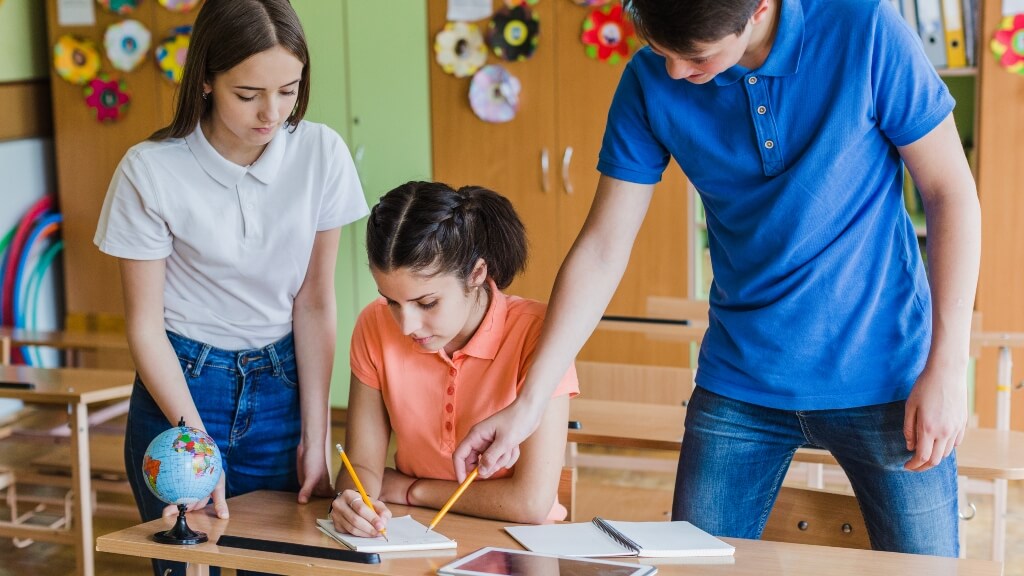Proper greening of schoolyards fosters inclusion, creative learning and children's health
A study by a team of UOC researchers has analysed the key factors in the governance of green school playgroundsThe architect's role and the opportunity for children to be truly involved are key to creating equitable and creative spaces

At a time of growing interest in the naturalizing of school playgrounds, it is important to ensure that these environments are properly designed and governed in order to reap the many benefits they can bring to schoolchildren and society in general. Researchers Filka Sekulova and Isabel Ruiz-Mallén from the Urban Transformation and Global Change Laboratory (TURBA Lab) of the Internet Interdisciplinary Institute (IN3) at the Universitat Oberta de Catalunya (UOC) have published an open access study that examines what goes into designing these environments in order to propose a governance solution that facilitates success at every level.
Genuine and effective collaboration and inclusive participation
The study is based on an analysis of the design processes for green schoolyards in four cities: Barcelona (with the Transformem els patis [Transforming school playgrounds] programme), Paris, Brussels and Rotterdam. "In the four cities we've studied, we've seen that most efforts are aimed at encouraging involvement in the space design and preparation stages, but not so much during implementation and maintenance. But children tend to appreciate places more if they've been involved in building them, for example by doing small jobs," said Sekulova, who led the study. "Effective collaboration between schoolchildren, parents, teachers, designers, architects, funders and local stakeholders at the different stages of a schoolyard's creation is crucial."
Another key factor is encouraging inclusive participation. In low-income, working-class neighbourhoods, families tend to be less involved than in more affluent areas. This is not because of a lack of interest, but because their jobs and socio-economic circumstances mean that they cannot afford to volunteer, as their main concern is often making ends meet.
"This low level of participation often leads to lower-quality green spaces in schools in these neighbourhoods. One way to address this is to offer real compensation for participation, such as a free meal or childcare services, as part of the participatory processes in these communities," said Sekulova.
“We must dare to make wilder, unstructured spaces based on nature”
Involving committed architects and landscape designers is key
The profile of the architects and landscape designers involved is key when it comes to creating a successful space that meets the needs of both children and the community. They must be committed to education, pedagogy, landscape ecology and permaculture in general. The researchers found that "when these professionals are open to a horizontal co-creation process with experiential and artistic aspects, the outcomes are clearly better: schoolyards that are widely diverse, green and unique, places where schoolchildren can develop a sense of belonging. Conversely, when architects approach transformation processes as 'just another urbanization project', the resulting designs are less ambitious, more uniform and standardized, and do not encourage creative play or lead to a sense of belonging."
When asked what green spaces should look like, Sekulova said that "we must dare to make wilder, unstructured spaces based on nature". Science has shown (The Theory of Loose Parts, Simon Nicholson, 1972) that including loose items, such as natural and recycled materials, stimulates creativity and imagination. These green playgrounds can therefore include hills, bridges, paths and tunnels, as well as trees, shrubbery, woodchip floors or other items. As for play structures, it is advisable to install huts and climbing frames made of recycled wood (with tree trunks), amphitheatres, orchards and vegetable gardens, water and mud elements, as well as water collection infrastructure.
Such environments, which are more flexible and not over-organized, facilitate outdoor learning and foster more varied and creative play than paved playgrounds. "Studies have shown that young people who spend time in places with plant life can concentrate better and generally cope better with stressful life events, and show fewer symptoms of attention deficit and hyperactivity," said Sekulova.
The challenge of integrating the educational curriculum
Despite all the benefits of children spending time in green spaces, the educational system is not currently set up to integrate the outdoors into the learning system. "Firstly, outdoor education is not part of the compulsory curriculum. What's more, there is a general lack of training in outdoor education and it's often seen as extra work that's not even appreciated," said Sekulova. The researchers suggest including outdoor learning and teaching modules in teacher training programmes, as well as providing training for current education professionals. They also say that pressure from families can be a lever for change.
In terms of next steps, Sekulova and Ruiz-Mallén -professor at the UOC's Faculty of Psychology and Education Sciences- of suggest conducting more studies on good practices, and on the factors that facilitate the use of outdoor spaces for teaching. More research is also needed on how outdoor learning improves socio-environmental awareness and general sustainability skills.
Related article
Filka Sekulova, Isabel Ruiz Mallén, The governance configurations of green schoolyards, Environmental Science & Policy, volume 156, 103752, ISSN 1462-9011 (2024): https://doi.org/10.1016/j.envsci.2024.103752
This research contributes to UN Sustainable Development Goals (SDG) 3: good health and well-being; 10: reduced inequalities; 11: sustainable cities and communities; 13: climate action, and 15: life on land.
UOC R&I
The UOC's research and innovation (R&I) is helping overcome pressing challenges faced by global societies in the 21st century by studying interactions between technology and human & social sciences with a specific focus on the network society, e-learning and e-health.
Over 500 researchers and more than 50 research groups work in the UOC's seven faculties, its eLearning Research programme and its two research centres: the Internet Interdisciplinary Institute (IN3) and the eHealth Center (eHC).
The university also develops online learning innovations at its eLearning Innovation Center (eLinC), as well as UOC community entrepreneurship and knowledge transfer via the Hubbik platform.
Open knowledge and the goals of the United Nations 2030 Agenda for Sustainable Development serve as strategic pillars for the UOC's teaching, research and innovation. More information: research.uoc.edu.
Experts UOC
-
Researcher from the Urban Transformation and Global Change Laboratory (TURBA Lab)
-
Isabel Ruiz Mallén
Lecturer in the Psychology and Education Sciences Department
Press contact
-
Anna Sánchez-Juárez







